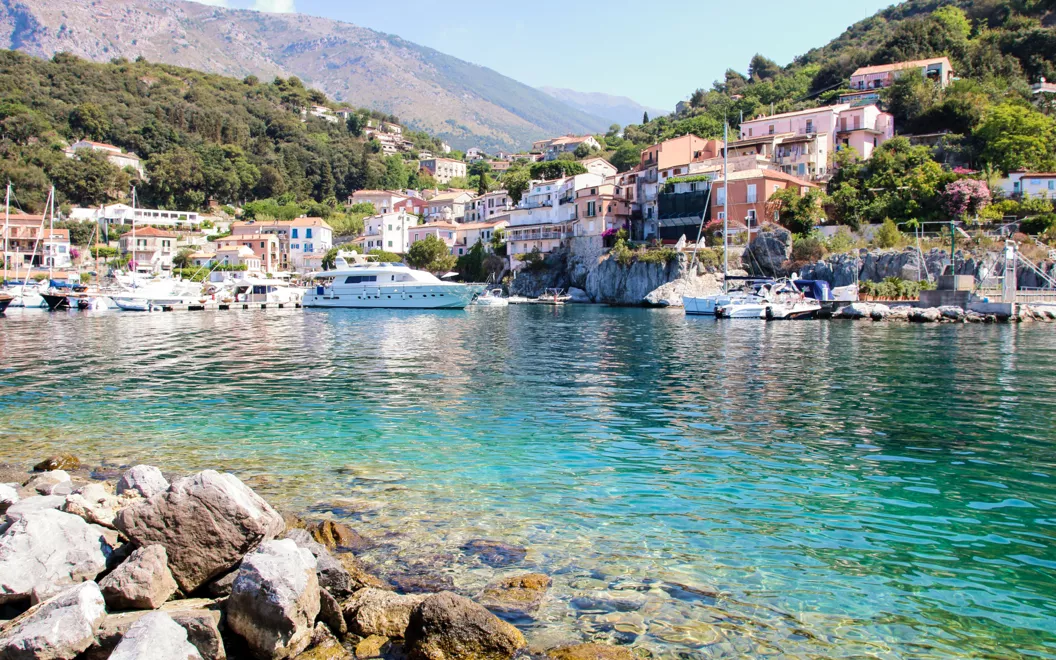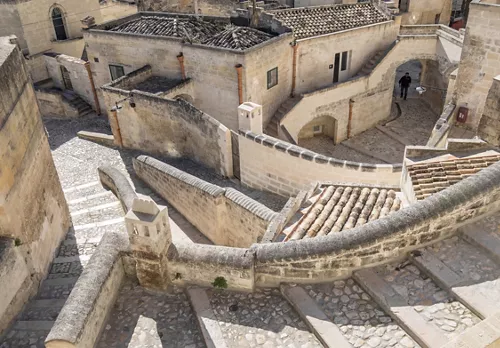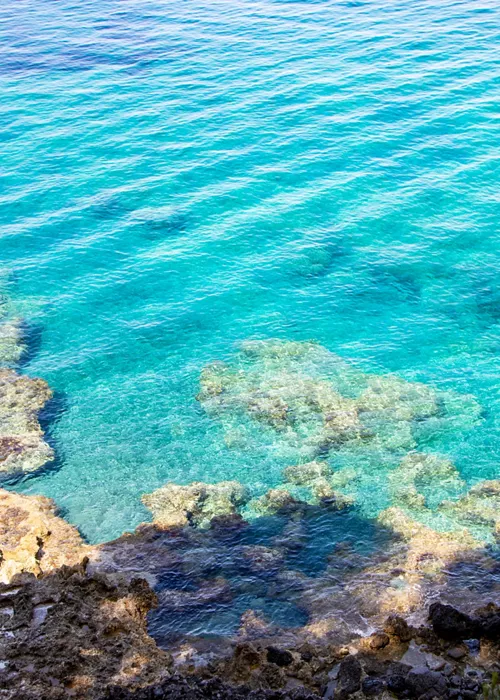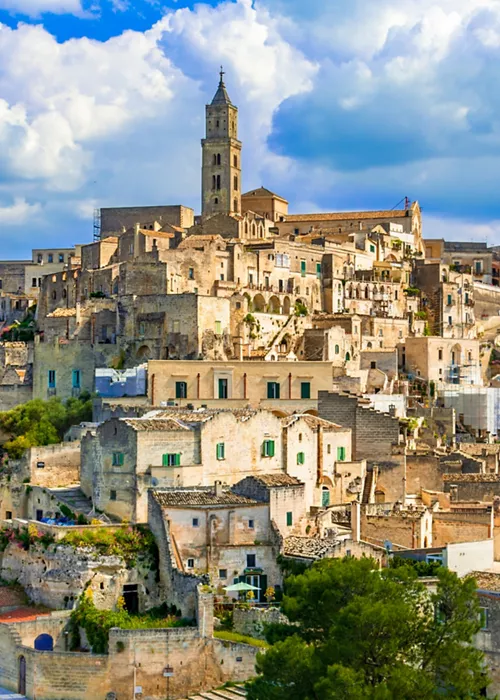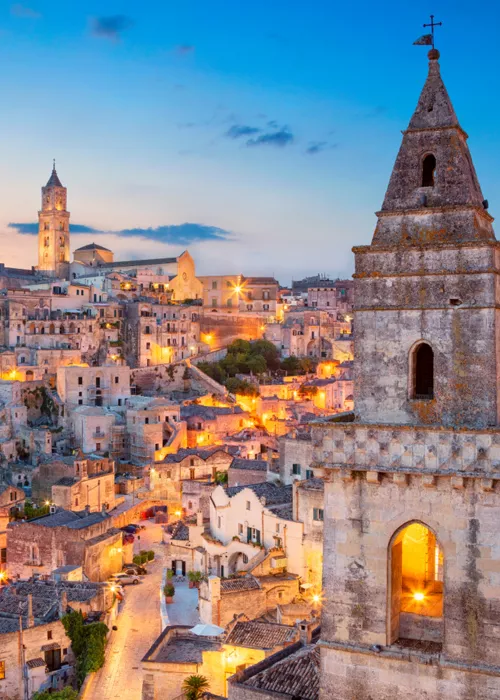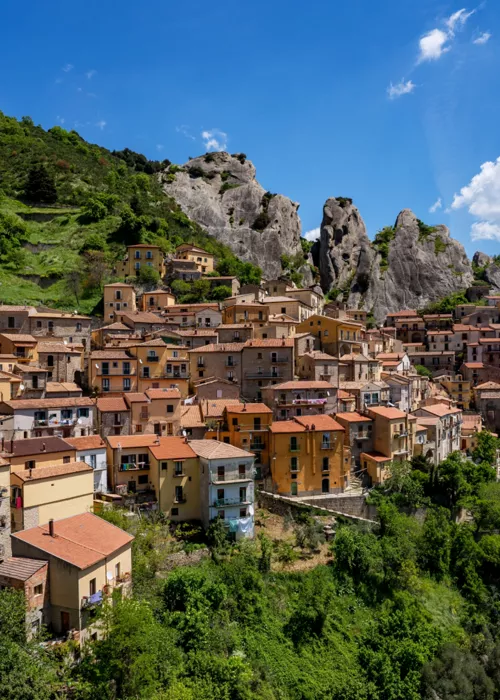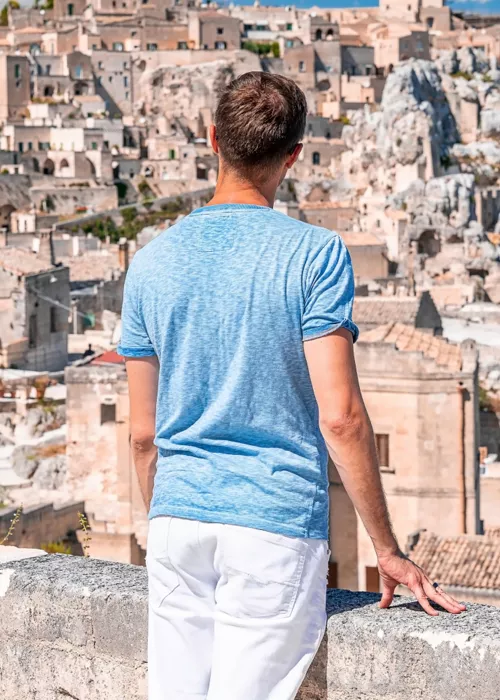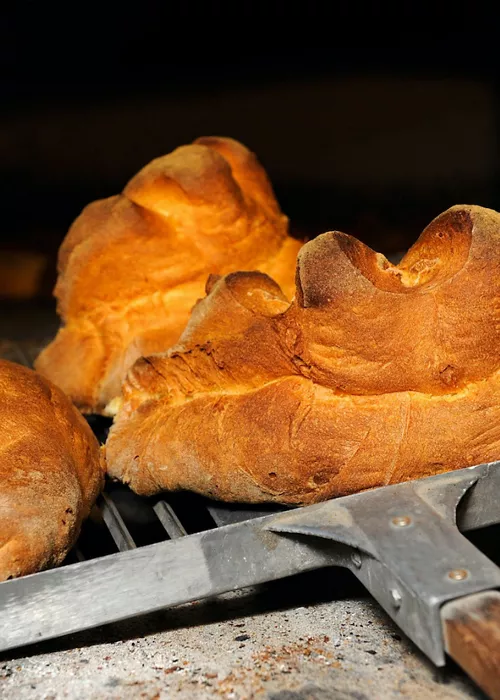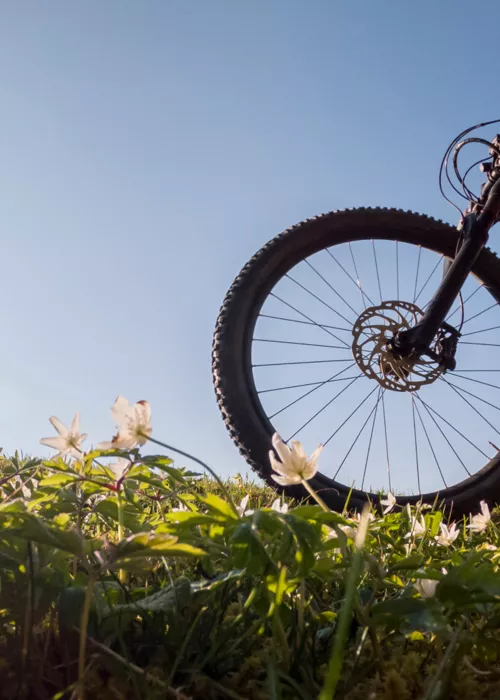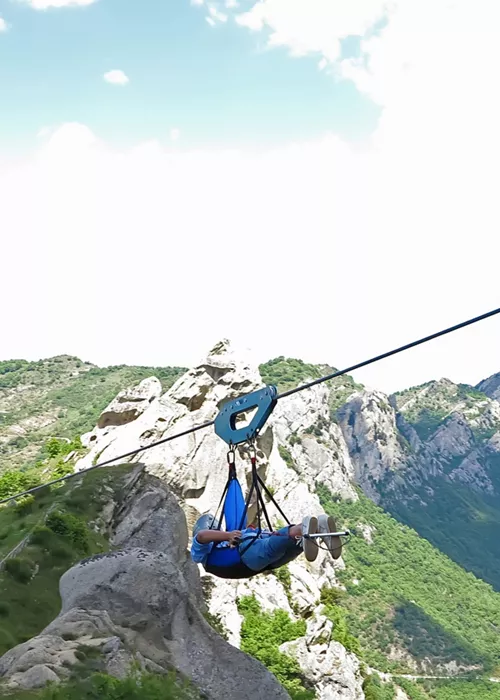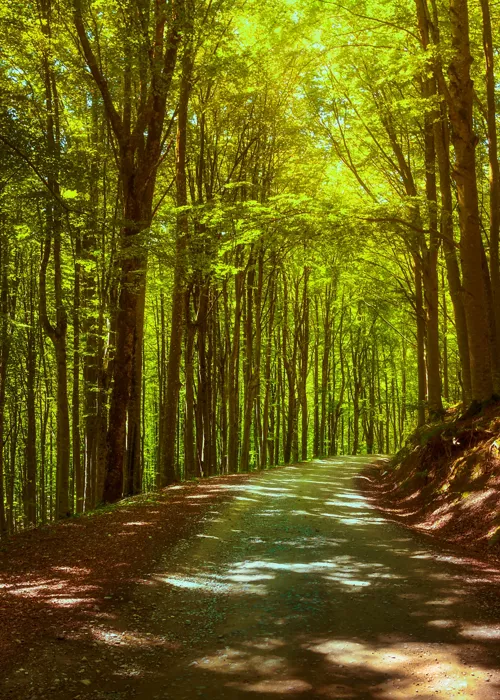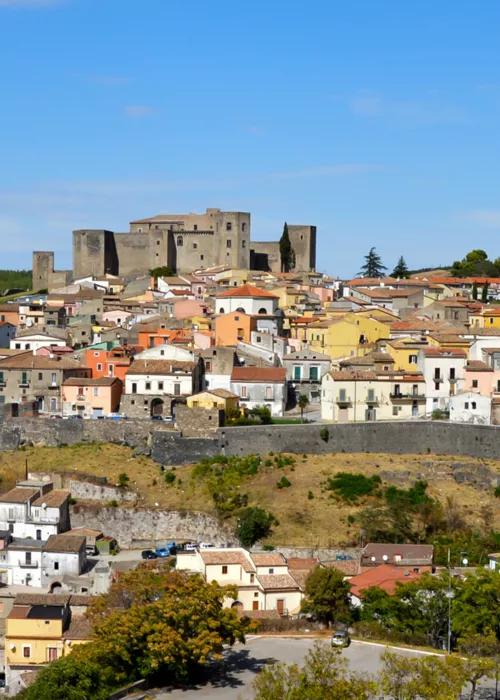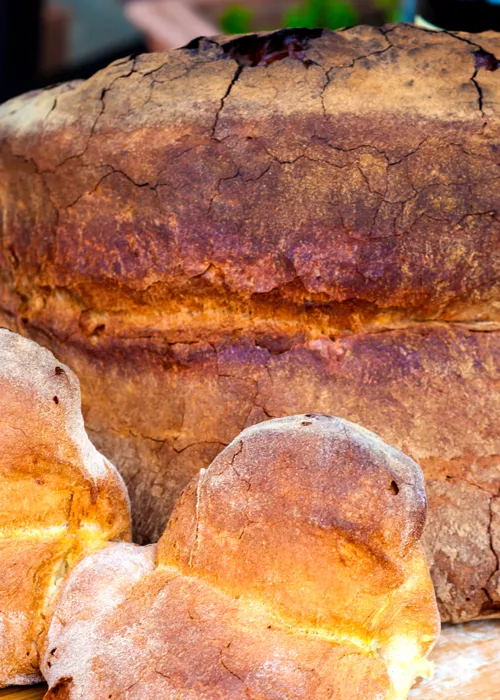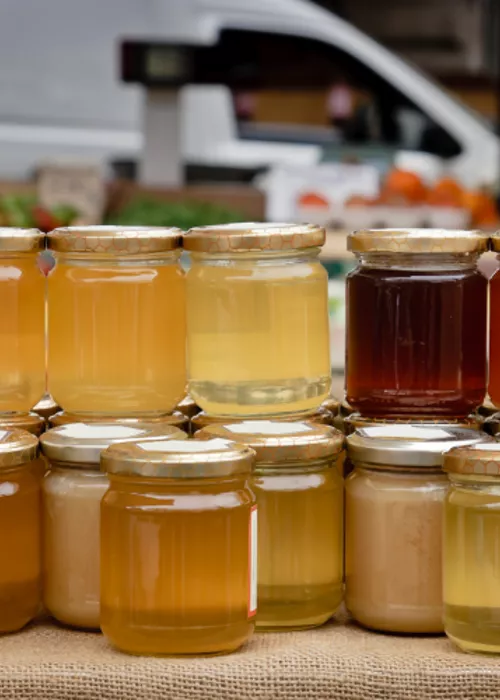Maratea, the pearl of the Tyrrhenian Sea for sacred art enthusiasts
4 minutes
Also known as the Pearl of the Tyrrhenian Sea or the City of 44 Churches, Maratea fascinates and amazes not only new visitors, but also those who return to discover new and unique places that cannot be found elsewhere in Italy.
The history and magic of Maratea
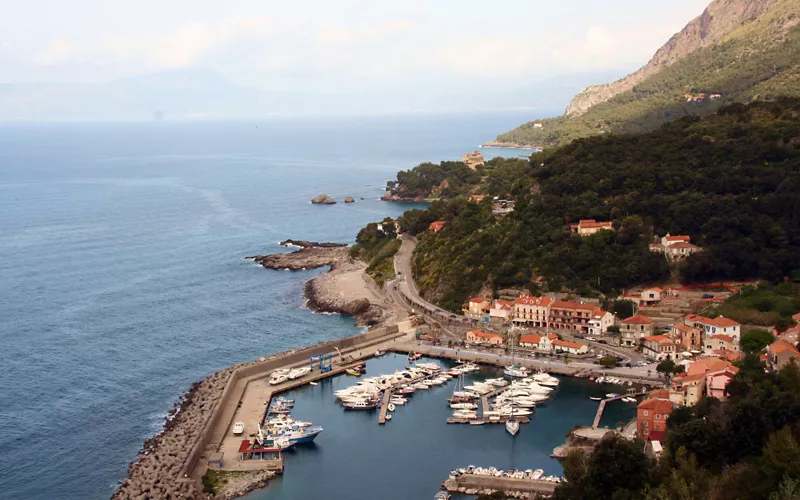
The history of Maratea dates back to early settlements in the Palaeolithic age, but it was in the Middle Ages that the strategic value of its unique geographic position was realised, sheltering the citadel, on the summit of Mount San Biagio, from the ceaseless raids that followed for several centuries. The new town of Maratea was born where it stands today, on the side of the mountain facing the sea, a more convenient location for an economy based on maritime trade.
After centuries of Spanish, Austrian and Bourbon domination, Maratea found itself caught up in the French invasion of the Kingdom of Naples, in what is remembered today as the siege of Maratea. After six long days, in December 1806, the French took control of the city, largely consolidating its commercial fortunes and strategic importance throughout the Kingdom of the Two Sicilies and during the Italian Renaissance as a seaport and producer of wine, oil and wool.
What to see in Maratea: unmissable sights
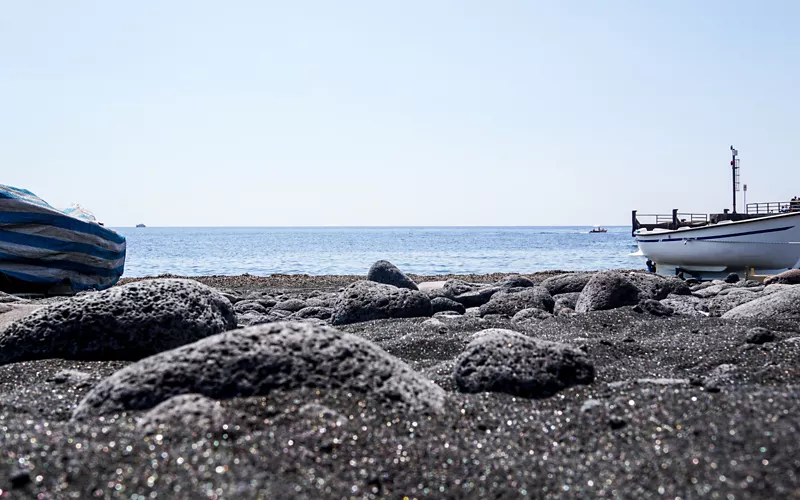
Maratea is a town full of iconic places, sights to admire and caves to explore. It is easy to lose yourself strolling through the alleys of the old town and the churches scattered throughout the city. We’re here to do the hard work for you, picking out some must-sees among the many sites and monuments for first-time visitors.
Maratea's black beach is dazzling, located in San Giuseppe, near the Marina di Maratea hamlet. Unique among all other beaches on the coast, this beach has a charming, little-known cave, the Grotta della Sciabella.
It is the Grotta delle Meraviglie, however, that leaves all who visit speechless. Only discovered in 1929, this “cave of wonders” consists of a large chamber 70 metres long by 20 metres wide, making it the smallest tourist cave in Italy.
Dominating the city from the rocky peak of Mount San Biagio is the 21-metre tall Christ the Redeemer of Maratea, created in the late 1960s by artist Bruno Innocenti, which immediately became an icon of the city.
Finally, it is always worth visiting the Basilica of San Biagio and the Church of Santa Maria Maggiore.
What to do in Maratea: 6 ideas
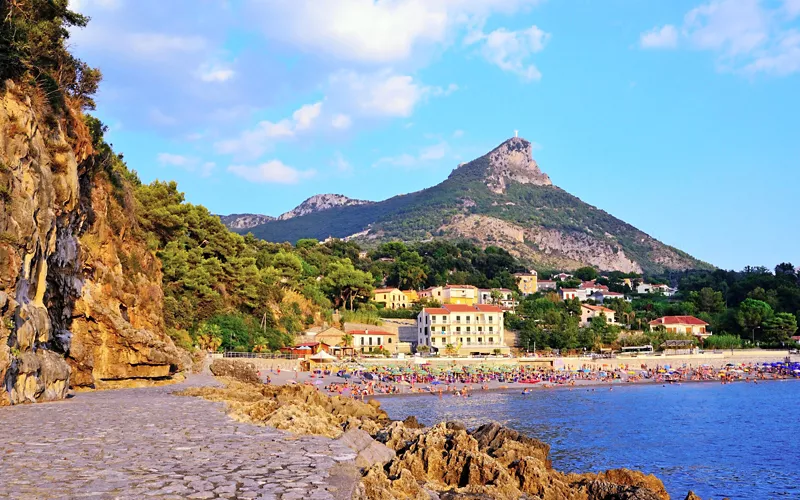
Maratea is a jewel of rare beauty that offers a variety of attractions for tourists. If you are looking for something to do in the city, besides getting lost in the picturesque streets of the city centre, here are 7 places we highly recommend.
If you love the sea, you can hop from beach to beach all day long. The beach of Fiumicello stretches from the promontory of Ogliastro to the tip of Santavenere and offers a splendid sea where you can enjoy everything from small caves to kayaking. The shoal beach, on the other hand, represents one of the most evocative corners of the Maratea coastline, with cliffs dominating the panorama and the Palazzo Baronale and its deconsecrated chapel to visit while you take a brief break from the sea.
Nature lovers can climb to the top of Mount San Biagio, to explore the ruins of the ancient nucleus of fortified houses and visit the Sanctuary that houses the relics of the patron saint, to escaping the sun during the hottest hours of the day. And if you want to discover the sacred art hidden in Maratea, among statues, paintings and frescoes, it is worth venturing to the valley area to visit the Monastero del Rosario and the Convento di San Francesco.
What to eat in Milan: 4 specialities

Can you say you really know a city if you haven’t yet discovered its tastes and smells? Maratea promises to satisfy even the fussiest of taste-buds. Wondering what to eat in Maratea for a unique experience?
Any season is perfect for ciaudedda, a vegetable stew that can be eaten hot or cold but is always accompanied by toasted bread. The local bread is also the perfect pairing for Canestrato Lucano cheese, with its unique flavour thanks to the combination of goat's milk and sheep's milk, which can also be paired with Maratea sausage, also known as “u zazicchiu”.
Visitors with a sweet tooth should try bocconotti from Lucania, desserts filled with chestnut custard typical of the Christmas period, as well as the year-round almond and cinnamon treats called mostaccioli.
3 unusual places in Bologna to explore
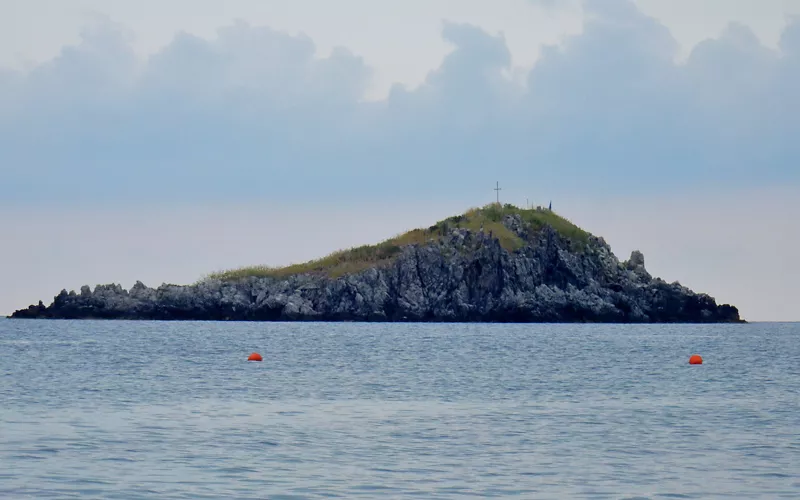
Maratea is home to many hidden gems to be discovered little by little - unusual places scattered among the hamlets that make up the municipality and far from the beaten track.
Reachable only by sea, and therefore less frequently visited, is the Maratea beach of Vranne, a small paradise surrounded by a steep cliff and very close to another hidden gem of Maratea, the small cave of San Giorgio.
Also one-of-a-kind is the island of Santo Janni, 200 metres long and half a kilometre off the coast of Marina di Maratea. This small island hosts the archaeological remains of a garum production and storage facility, and a few specimens of the rare Podarcis sicula paulae, a lizard with its distinctive blue-coloured belly known as the Italian wall lizard.

